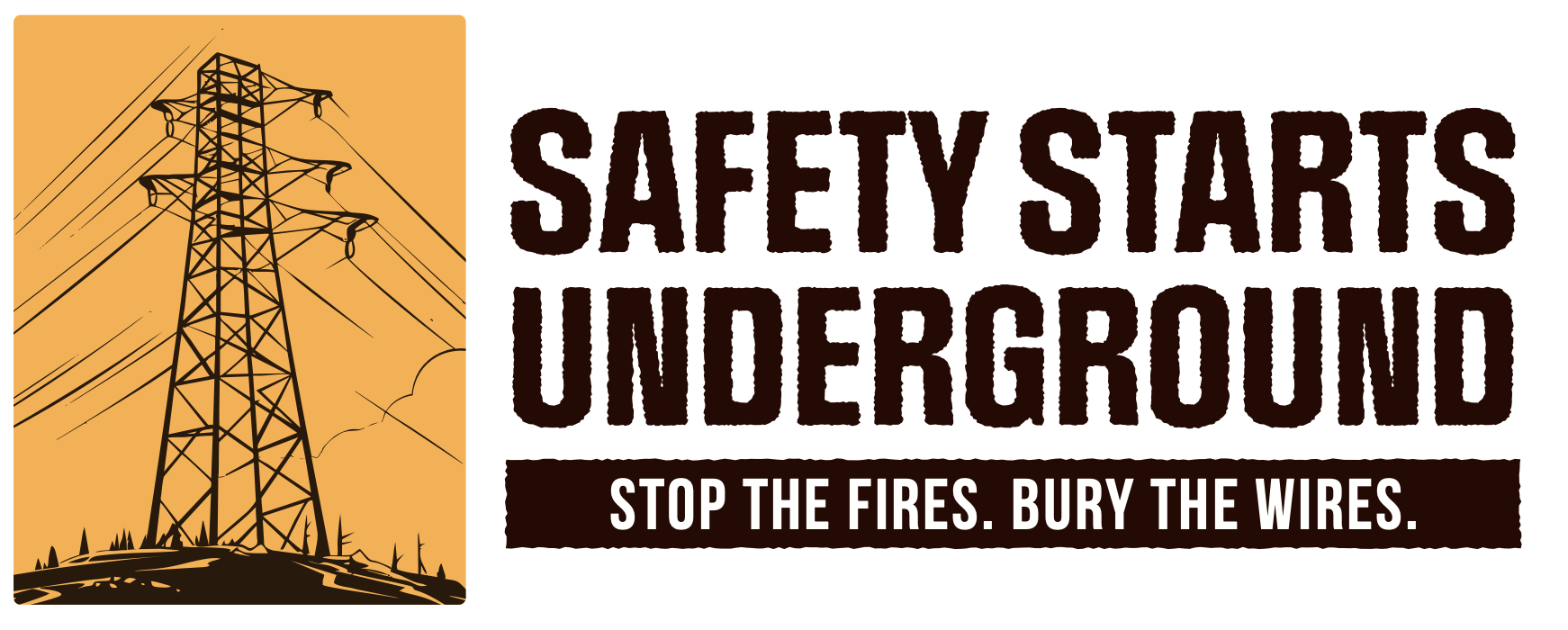Norco’s Position
For nearly a decade, the City of Norco has advocated for a safer underground solution for the proposed Riverside Transmission Reliability Project (RTRP) that will construct hazardous, above-ground transmission lines in the wind- and fire-prone area along Norco’s portion of the Santa Ana River.
The latest lawsuit by the U.S. Department of Justice (DOJ) against SCE for its alleged negligence in the Eaton and Fairview Fires highlights the obvious risks that are fueling California’s wildfires: overhead transmission lines. This lawsuit has reignited the fears of the small equestrian community of Norco, located in Riverside County—in between the two areas devastated by these wildfires.
For nearly a decade, the City of Norco has advocated for a safer underground solution for the proposed Riverside Transmission Reliability Project (RTRP) that will construct hazardous, above-ground transmission lines in the wind- and fire-prone area along Norco’s portion of the Santa Ana River.
The latest lawsuit by the U.S. Department of Justice (DOJ) against SCE for its alleged negligence in the Eaton and Fairview Fires highlights the obvious risks that are fueling California’s wildfires: overhead transmission lines. This lawsuit has reignited the fears of the small equestrian community of Norco, located in Riverside County—in between the two areas devastated by these wildfires.
Norco faces the very real threat of becoming the next headline, and it is paramount that the RTRP is undergrounded to protect the property, lives and animals within our community. The additional steps to underground this project will not compare to the devastation that follows a preventable catastrophe.
The proposed 230,000-volt (230kV) electric transmission line route, which is similar to the transmission system under investigation as the potential cause of the Eaton Fire, runs through the same location as the 180-acre Mann Fire (a wind-driven brush fire in the Santa Ana Riverbed) originated in 2020, that caused severe damage to homes and property, and threatened animal safety. Residents, fire experts and City officials have warned the California Public Utilities Commission (CPUC), SCE and Riverside that building such a massive overhead transmission project in the same highly flammable vegetation-ridden corridor will inevitably spark another, even larger, catastrophic wildfire.
Fire officials have informed that the approximate 120-foot-tall (minimum) overhead transmission lines, which have been known to cause conflagrations that destroyed communities, will limit firefighting capabilities and prevent air support in an area where high winds already make ground firefighting difficult and, at times, impossible. Additionally, evacuations in Norco are complicated by the Santa Ana River blocking escape routes to the north, hills to the east, narrow streets, and the many horses and animals that also need evacuation. The risk of another devastating fire will be increased exponentially by the construction of an overhead, high-voltage transmission line that will pass through open space loaded with flammable vegetation in the very region that gave the notorious Santa Ana Winds their name and where a catastrophic wildfire already took place.
We continue to see above-ground transmission lines lead to devastating and deadly wildfires in small, wind- and fire-prone communities like Norco. Regrettably, the expert testimony of fire professionals and the pleas from our community have been ignored. After witnessing these recent catastrophic fires, our local communities, state, and nation should be reconsidering dangerous, above-ground transmission lines like the RTRP and advocating for full undergrounding to prevent further tragedies.
The safest alternative to stop the fires is to bury the wires. There is still time for SCE, the CPUC or the City of Riverside to do the right thing and underground the RTRP in Norco and surrounding communities.
